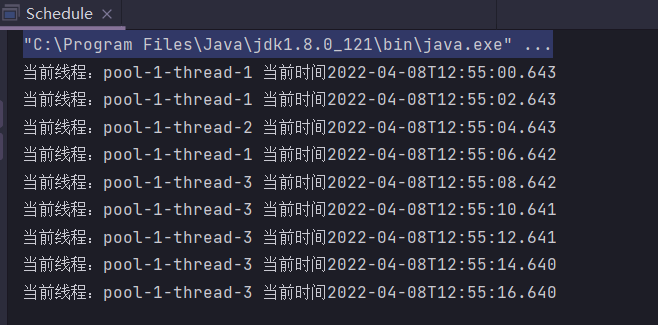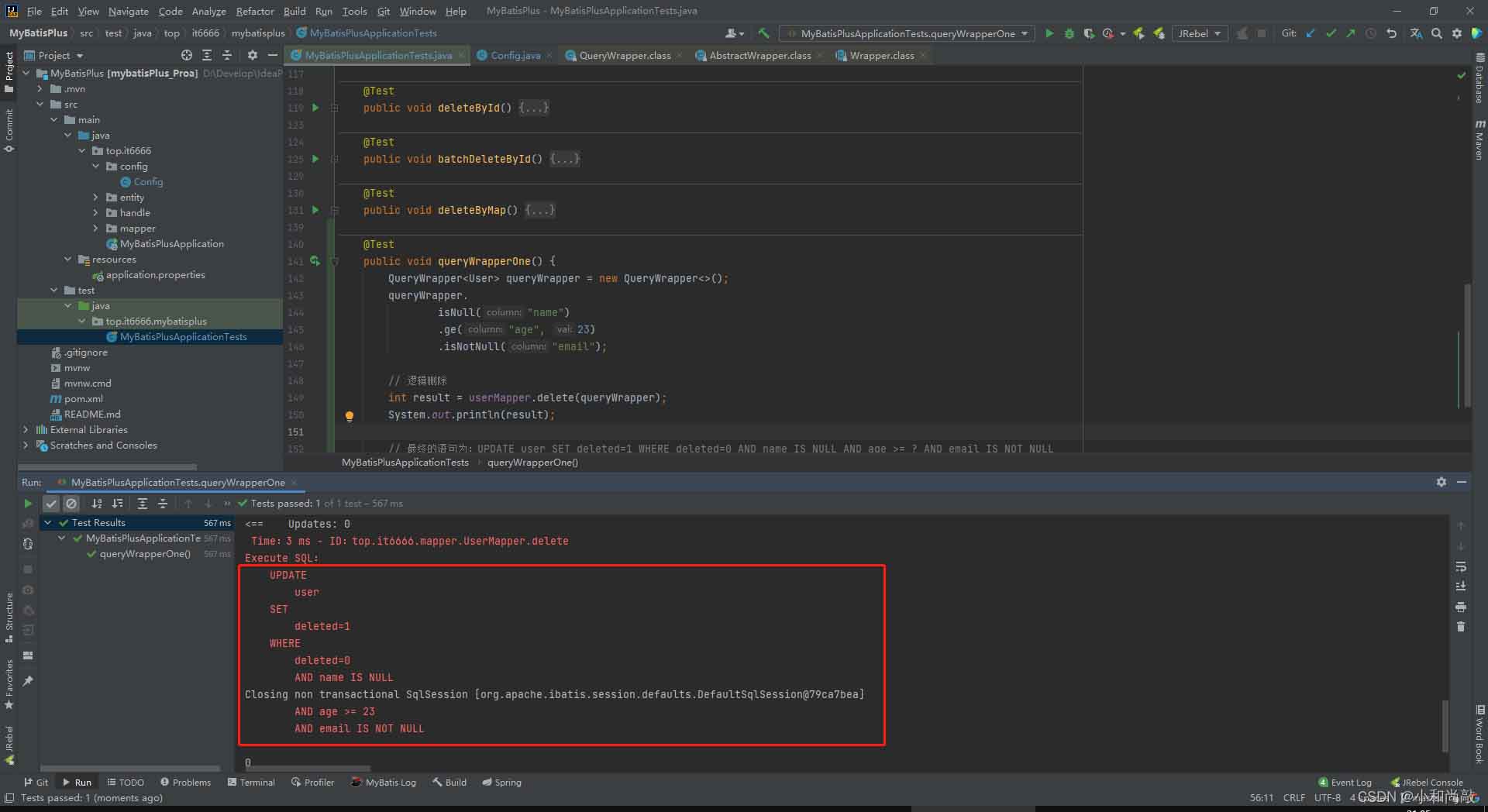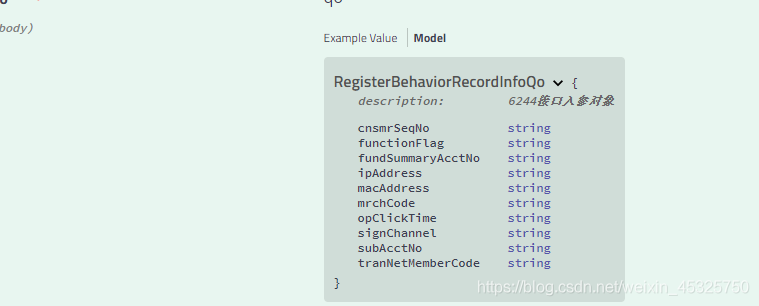Java线程协作是指多个线程之间的相互协作来完成一个任务。在Java中,线程协作有两种方式:wait和notify/notifyAll。
Java线程协作是指多个线程之间的相互协作来完成一个任务。在Java中,线程协作有两种方式:wait和notify/notifyAll。
1. wait和notify
当线程需要等待某个条件时,可以调用wait方法。调用wait方法会使线程进入等待状态,直到另一个线程调用notify或notifyAll方法来唤醒它。
示例1:wait和notify的简单使用
下面的代码演示了wait和notify的简单使用方式:
public class WaitNotifyDemo {
public static void main(String[] args) throws InterruptedException{
Object lock = new Object();
Thread t1 = new Thread(new Runnable() {
public void run() {
synchronized(lock) {
try {
System.out.println("Thread 1 is waiting");
lock.wait();
System.out.println("Thread 1 is awake");
} catch (InterruptedException e) {
e.printStackTrace();
}
}
}
});
Thread t2 = new Thread(new Runnable() {
public void run() {
synchronized(lock) {
System.out.println("Thread 2 is running");
lock.notify();
}
}
});
t1.start();
Thread.sleep(1000);
t2.start();
}
}
这个例子中,有两个线程t1和t2,它们共享了一个锁对象lock。线程t1在同步代码块中调用了lock.wait()方法,会使它进入等待状态。线程t2在同步代码块中调用了lock.notify()方法,唤醒了处于等待状态中的线程t1。程序输出结果为:
Thread 1 is waiting
Thread 2 is running
Thread 1 is awake
可以看到,线程t1等待了一段时间后被唤醒,才继续向下执行。
示例2:wait和notify解决生产者消费者问题
下面的代码使用wait和notify解决了生产者消费者问题:
public class ProducerConsumerDemo {
private static final int MAX_SIZE = 10;
private List<Integer> list = new ArrayList<Integer>();
public static void main(String[] args) {
ProducerConsumerDemo demo = new ProducerConsumerDemo();
demo.start();
}
public void start() {
Thread producer = new Thread(new Producer());
Thread consumer = new Thread(new Consumer());
producer.start();
consumer.start();
}
private class Producer implements Runnable {
public void run() {
while (true) {
synchronized (list) {
while (list.size() >= MAX_SIZE) {
try {
list.wait();
} catch (InterruptedException e) {
e.printStackTrace();
}
}
int val = (int) (Math.random() * 100);
list.add(val);
System.out.println(Thread.currentThread().getName() + ": produce " + val);
list.notifyAll();
}
}
}
}
private class Consumer implements Runnable {
public void run() {
while (true) {
synchronized (list) {
while (list.size() == 0) {
try {
list.wait();
} catch (InterruptedException e) {
e.printStackTrace();
}
}
int val = list.remove(0);
System.out.println(Thread.currentThread().getName() + ": consume " + val);
list.notifyAll();
}
}
}
}
}
这个例子中,有一个ProducerConsumerDemo类,它有一个共享的list变量,用来存放生产者生产的数据。Producer类实现了生产者的功能,Consumer类实现了消费者的功能。在Producer类中,当list中的元素数量达到最大值MAX_SIZE时,会调用list.wait()方法让该线程进入等待状态,一直到Consumer类消耗掉list中的元素后,唤醒它。在Consumer类中,当list为空时,会调用list.wait()方法让该线程进入等待状态,一直到Producer类生产出新的元素后,唤醒它。程序输出结果为:
Thread-0: produce 81
Thread-1: consume 81
Thread-0: produce 87
Thread-1: consume 87
Thread-0: produce 25
Thread-1: consume 25
...
可以看到,生产者和消费者之间实现了协作,生产者在list中存放数据,消费者从list中取走生产者生产的数据,生产者消费者的数量达到了平衡。
2. park和unpark
JDK1.5新增了Lock对象和Condition接口,其中Condition的await()方法是park的封装,signal()方法是unpark的封装。
示例1:park和unpark的简单使用
下面的代码演示了park和unpark的简单使用方式:
public class ParkUnparkDemo {
public static void main(String[] args) throws InterruptedException {
Lock lock = new ReentrantLock();
Condition condition = lock.newCondition();
Thread t1 = new Thread(new Runnable() {
public void run() {
lock.lock();
try {
System.out.println("Thread 1 is waiting");
condition.await();
System.out.println("Thread 1 is awake");
} catch (InterruptedException e) {
e.printStackTrace();
} finally {
lock.unlock();
}
}
});
Thread t2 = new Thread(new Runnable() {
public void run() {
lock.lock();
try {
System.out.println("Thread 2 is running");
condition.signal();
} finally {
lock.unlock();
}
}
});
t1.start();
Thread.sleep(1000);
t2.start();
}
}
这个例子中,有两个线程t1和t2,它们共享了一个Lock对象和一个Condition对象。线程t1在同步代码块中调用了condition.await()方法,会使它进入等待状态。线程t2在同步代码块中调用了condition.signal()方法,唤醒了处于等待状态中的线程t1。程序输出结果为:
Thread 1 is waiting
Thread 2 is running
Thread 1 is awake
可以看到,线程t1等待了一段时间后被唤醒,才继续向下执行。
示例2:park和unpark解决生产者消费者问题
下面的代码使用park和unpark解决了生产者消费者问题:
public class ProducerConsumerDemo1 {
private static final int MAX_SIZE = 10;
private Lock lock = new ReentrantLock();
private Condition notFull = lock.newCondition();
private Condition notEmpty = lock.newCondition();
private LinkedList<Integer> list = new LinkedList<Integer>();
public static void main(String[] args) {
ProducerConsumerDemo1 demo = new ProducerConsumerDemo1();
demo.start();
}
public void start() {
Thread producer = new Thread(new Producer());
Thread consumer = new Thread(new Consumer());
producer.start();
consumer.start();
}
private class Producer implements Runnable {
public void run() {
while (true) {
lock.lock();
try {
while (list.size() >= MAX_SIZE) {
notFull.await();
}
int val = (int) (Math.random() * 100);
list.add(val);
System.out.println(Thread.currentThread().getName() + ": produce " + val);
notEmpty.signalAll();
} catch (InterruptedException e) {
e.printStackTrace();
} finally {
lock.unlock();
}
}
}
}
private class Consumer implements Runnable {
public void run() {
while (true) {
lock.lock();
try {
while (list.size() == 0) {
notEmpty.await();
}
int val = list.removeFirst();
System.out.println(Thread.currentThread().getName() + ": consume " + val);
notFull.signalAll();
} catch (InterruptedException e) {
e.printStackTrace();
} finally {
lock.unlock();
}
}
}
}
}
这个例子中,有一个ProducerConsumerDemo1类,它有一个共享的list变量,用来存放生产者生产的数据。Producer类实现了生产者的功能,Consumer类实现了消费者的功能。在Producer类中,当list中的元素数量达到最大值MAX_SIZE时,会调用notFull.await()方法让该线程进入等待状态,一直到Consumer类消耗掉list中的元素后,唤醒它。在Consumer类中,当list为空时,会调用notEmpty.await()方法让该线程进入等待状态,一直到Producer类生产出新的元素后,唤醒它。程序输出结果为:
Thread-0: produce 19
Thread-1: consume 19
Thread-0: produce 87
Thread-1: consume 87
Thread-0: produce 74
Thread-1: consume 74
...
可以看到,生产者和消费者之间实现了协作,生产者在list中存放数据,消费者从list中取走生产者生产的数据,生产者消费者的数量达到了平衡。
以上就是Java线程协作的两种方式的完整攻略,希望能对你有所帮助。
本文标题为:Java线程协作的两种方式小结


基础教程推荐
- 运用El表达式截取字符串/获取list的长度实例 2023-08-01
- Java编写实现窗体程序显示日历 2023-01-02
- JSP 动态树的实现 2023-12-17
- springboot下使用shiro自定义filter的个人经验分享 2024-02-27
- JavaWeb 实现验证码功能(demo) 2024-04-14
- 使用Java和WebSocket实现网页聊天室实例代码 2024-02-25
- 是否适合从javabean类更新数据库? 2023-11-04
- Java+mysql实现学籍管理系统 2023-03-16
- 深入理解约瑟夫环的数学优化方法 2024-03-07
- Java中EnvironmentAware 接口的作用 2023-01-23

















